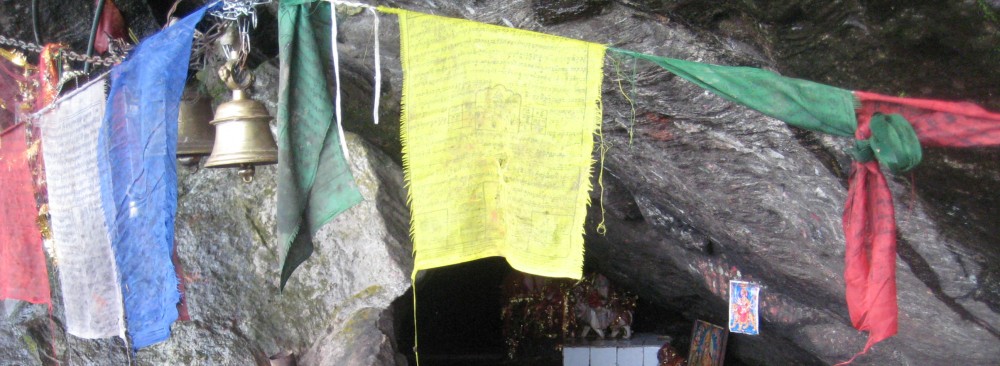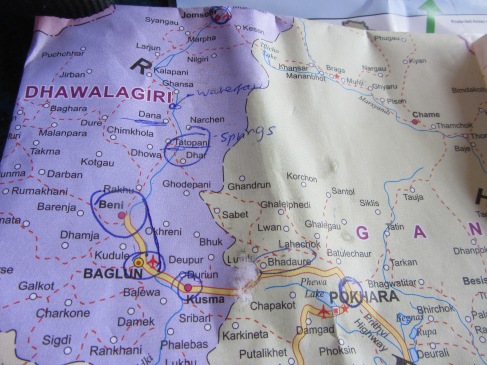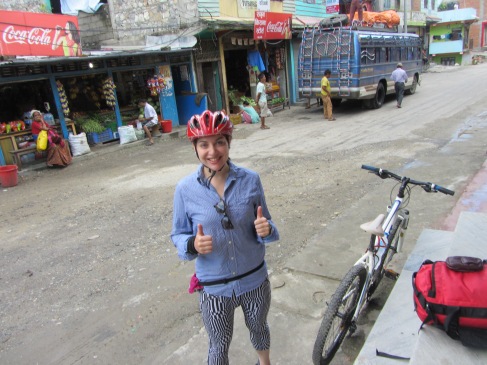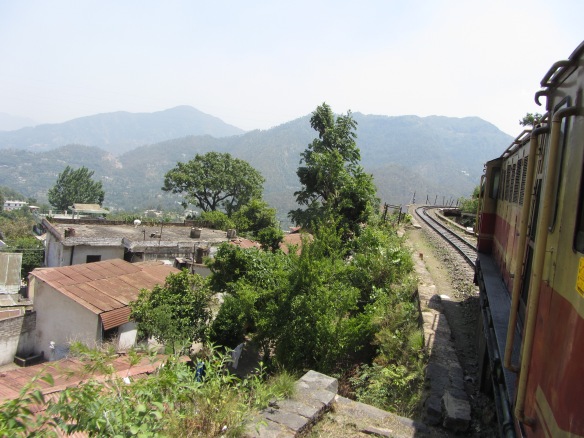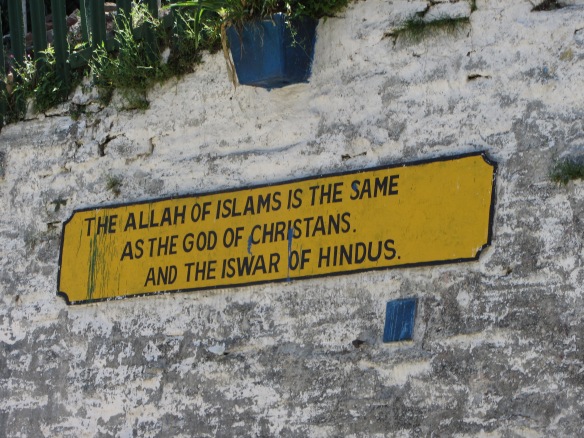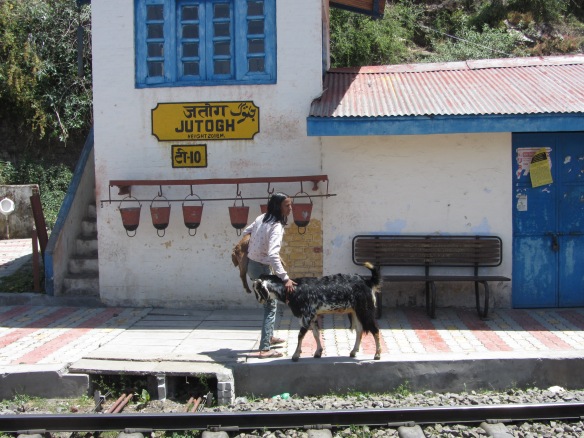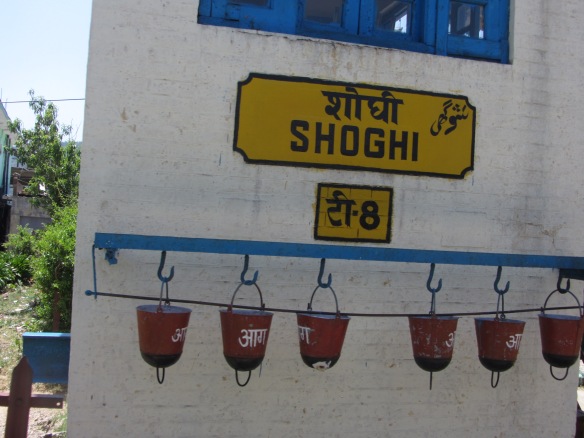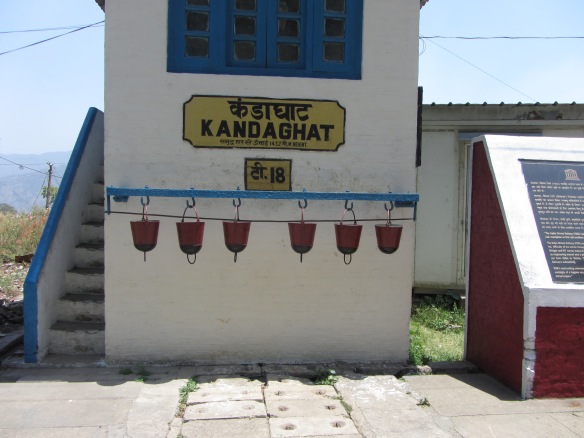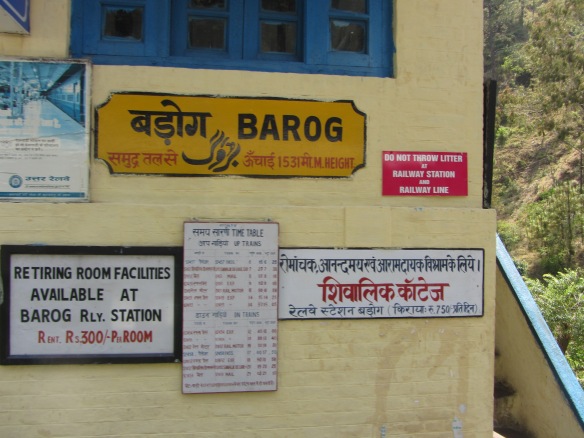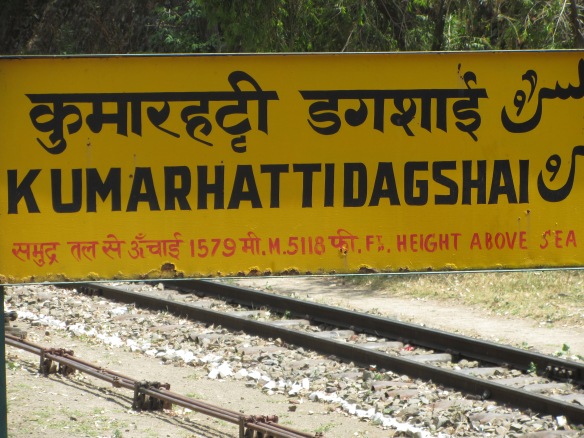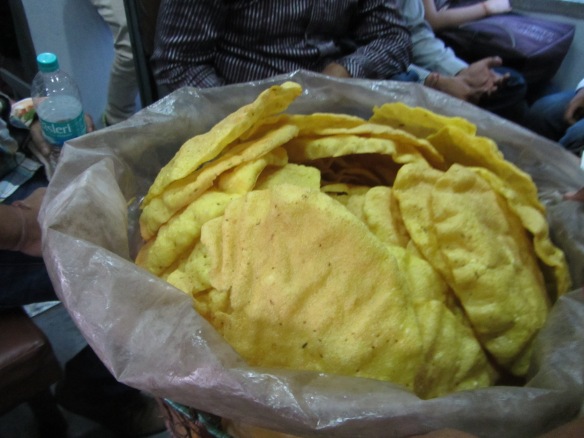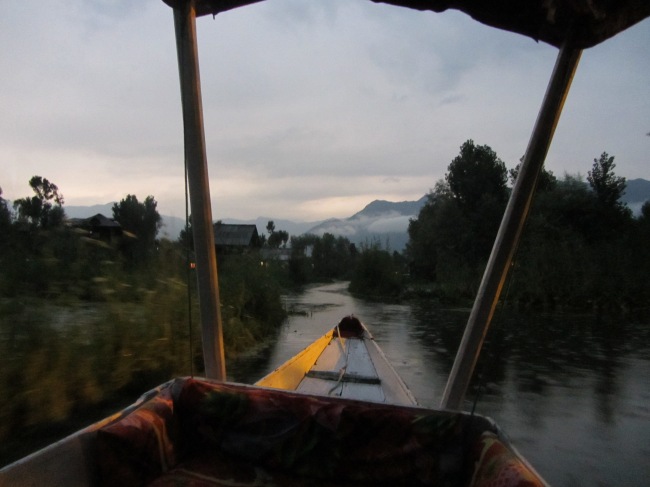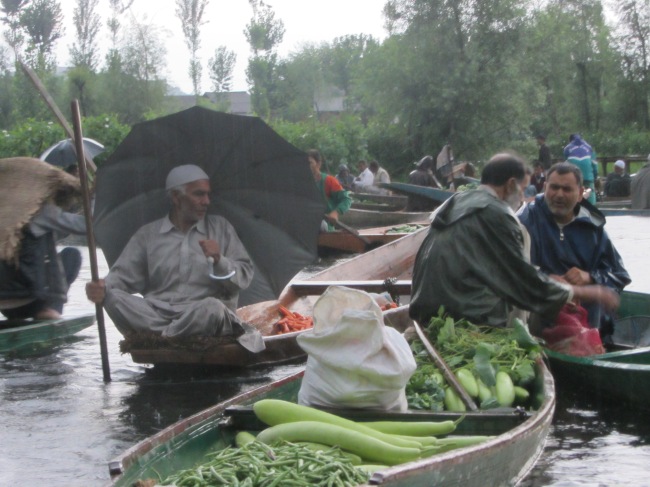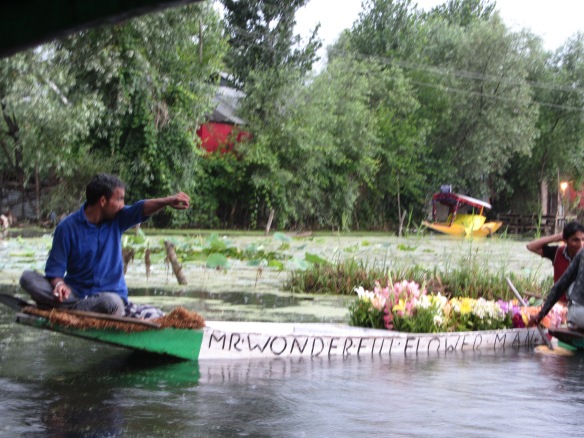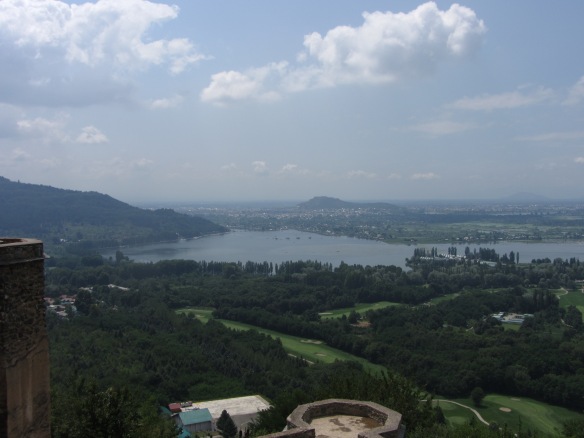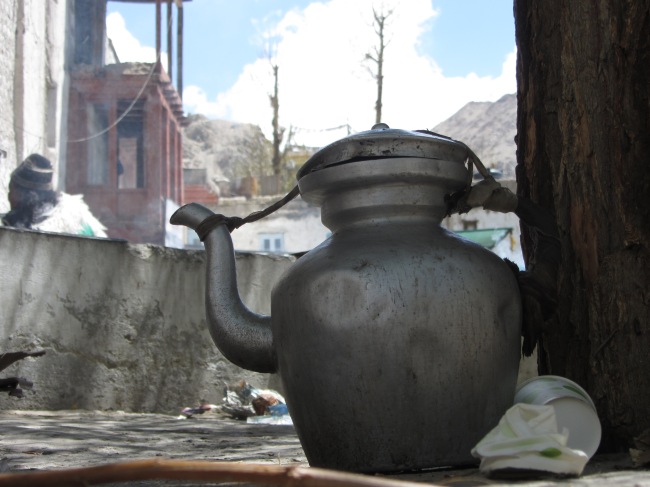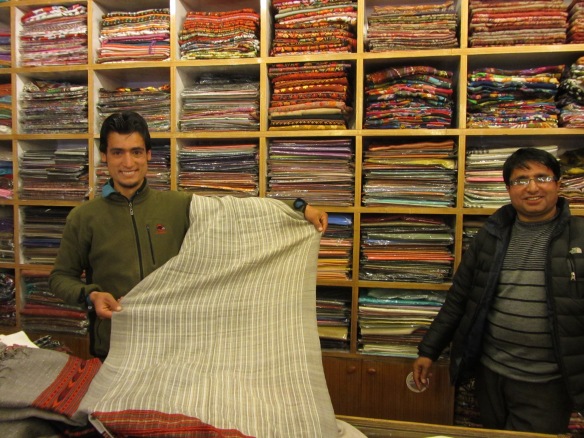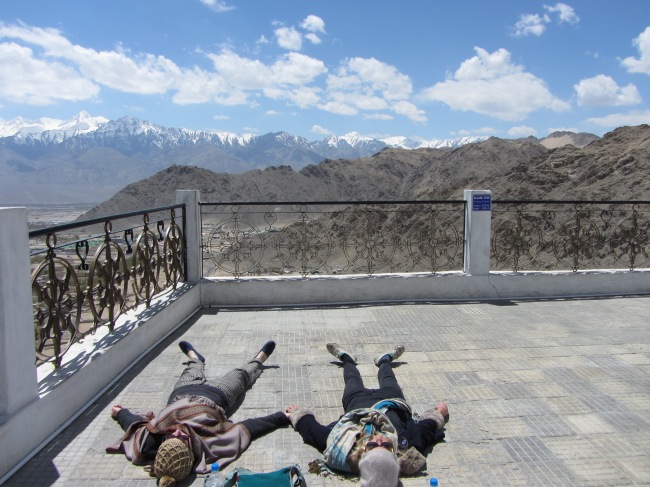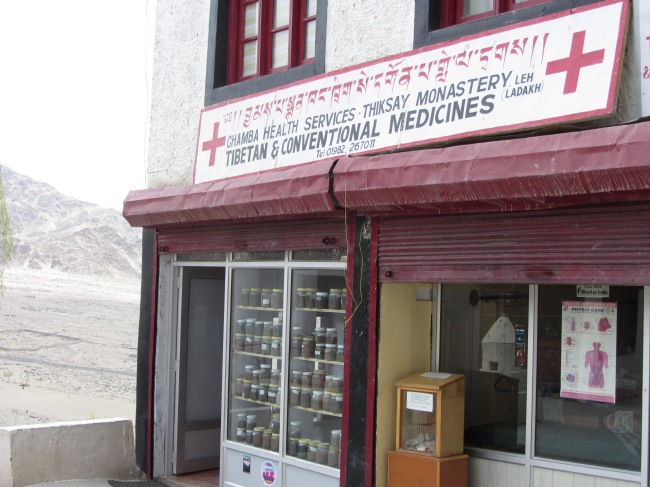You need the universe on your side, watching your back at least fifty per cent of the time to be safe. We all need guardians. Ruin can be a gift, but most often it pulls at the walls, rustles in your ears, and makes suggestions of who you might one day be.
The buses in India guard themselves with sleeves of a plastic army. Mala beads too, hang from mirrors, reminding of the circular unity of life in India where all is connected and fractured. The theory of re incarnation is everywhere you look. Indian’s have traditionally been afraid of the Dalit community seen as the bottom of a hierarchical caste system. The Brahmin at the top of the chain could make powerful decisions without complaint or opposition. The people in between ride the buses and put their lives out on the line like washing. Their heroes are above the steering wheel as a bus plummets around corners too fast, as it collects passengers who stand in the aisles, as it stops in traffic and is dented.
Bigger vehicles win in India. This is the law of the land. Durga, Ganesha, Shiva embroiled on a dashboard, right where they take their centre of gravity preparing to protect the standing passengers, the wheels of the bus from the potholes; the cows, the shimmering streets, the roundabouts with no rules, the traffic that comes at you from all directions, the food stalls that are wheeled across the streets to change location at inopportune moments, the cows! Street crossings could never be enacted by design, but open hearted, dithering chaos.
Watch in bewilderment as children weave through the mass of cars, buses, bicycles, hold onto the back of public buses as they steam across roads, exhausted with the weight of merchants and tailors, and small things, produce for home from markets. 10 kilogram sacks of rice and flour, spices from the old bazaar bought in bulky pots to store. Sweet meats and sugared sweets to take home. Bursting containers of tea leaves, haggled over to the last gram. All of these things will become moments condensed into perfect take away packages to offer friends and family.
Someone waits near a doorway, by the clock, in the garden, for a friend to appear with the missing item, the melon promised for dessert, the syrup mix for the finishing touches on the cake, the place mats to lay the table, anything. There are laws of the land for what can realistically be delivered. Sometimes you will ask the universe for something and it will not come. There are rules about timing, and who should be where when, and how you could get the best deal and what might happen during that interaction that would be life changing. There are rules about behavior, how to glean respect from a street vendor, the notion of repeated custom so they know you. They see you and think, a box of eggs, a chicken, a pint of blue lid milk.
Scarf dye runs in the rains. Arms will be tattooed not with the well-meaning certainty of henna, but the patchy spontaneous effect of rain spill. Tie the scarf to a tree, so that any spare color can be blown across the country for others to taste. Maybe this will be the reason a pale wife wakes up with redness tinged in her cheeks.
The rain soaks people completely until they do not know their head from their heart, until thoughts are paralysed by the drum of sky meeting the ground, until floods become rivers that swell and fill.
Anyone important has left to go inside now, back into their air conditioned offices, the blizzards of places they want to be. They will scarcely know what has happened in their absence. Later when they finish work for the day, they will step outside into the sodden street and ask ‘did it rain here?’
Behind the red mosque, Karim’s is voted the dirtiest restaurant in Delhi. But don’t worry: you probably won’t find it. Tucked between three more streets, past the fluttering wings of half living chickens and motorbike stores, and rammed packed doorways, and arches where men pray, is a courtyard with spigots and water taps and stolen moments and a sign affixed above the doorway, it boasts ‘the finest restaurant in old Delhi’.
Order what the locals eat. They have roti, and naan, each of them. Buttered and Peshawar, filled with pink, cashews and sugared. They have chicken tandoori cooked in clay ovens, rice and okra. Notice the spigot outside. Continue eating. Plates are wiped with a cloth in between. Everyone eats similar dishes, and the main ingredients are tamarind sauce, coriander leaves, turmeric. The tin plate is hazed with yesterday’s sunshine.
Everyone wants to be back in their homes, watching the chorus of water from the safety of their patio, or rooftop. Why do a few choose this moment to enter the old mosque? It is true; they will not be disturbed by hagglers wanting to take a picture now. Their cameras would be ruined.
The stairwell is narrow and bricks have stood for decades. They are the oldest part of the city, have been standing for years on end mortared together. A rope handle has been carved into hooks off the wall, all the way up as you helter skelter. Sometimes you may think you hear feet moving up from behind you, but the echo is your old foot falls catching up. If you pass another shape on your journey up, you will have to do a dance on the stairwell, and embrace each other, if you are to cross safely. The stair well is too narrow to climb with more than one body. The air is restrained, cool; a tunnel positioned towards the sky not the earth’s core.
The top of the minaret is open, grating covers the floor, and suddenly, without stairs in the final circle, you have space to cling to the walls, and stand, nose pressed against the bars. Perhaps you can force your camera between the slats and still take a good photograph. Old Delhi spreads to your left like a caricature, unsure of itself from this height, dizzyingly small. The city is fast from this height. The crossover of the junctions seems amplified. You see short cuts to parks, to open space that you would never find from ground level.
It is easy to be deceived by walls of traffic, by streets and buildings you assume mushroom and take over bays of land. The lake in front of the minaret has developed its own shore line. Now it is clear, ochre water, dazzling with the height of the tower, and the shoes slipped off at the steps become a bay, where at a beach you might spread your towel, leave sunglasses and an easy novel. The painted marble banisters become a tidal wall separating the land of the palace from the lip of the sea.
The street became a semaphore for the whole of South Asia. Unknowable and familiar. To the East, you see carriageways that are jumbled up heaps of cars in a scrap yard, slugging along the modern road. The failing flanks of cows morph in and out of sight lines, breaking up the constancy of plastic, tin, metal.
You hear gunshots, explosive, stymieing but don’t know which edge of the city they emanated from. In this moment, the city holds its breath, and the roar of the traffic from ground level, normally deafening, becomes a steady warble of new age noise.
You smell, everything. Cardamom, cinnamon, the fire of Assam black tea. Spice boxes are cheaper on this side of the city, and you can put your spices into these 8 little boxes, and they will last. Sealed in by identical lids. Maybe you will make labels for them. Little bustling squares that declare your exact intentions.
Clairvoyants sit in doorways waiting for traction in the crowds, and the wondering man or woman with a lost look on their face to be washed up between their winglets. The eddy flow of vehicles connecting all great cities: Mumbai, Delhi, Chennai, will wash in a sample soul, to be opened up. Pandora’s gift box is stored tightly in the school yard, college dorm, marriage, child birth, until now when they finally sit. Taking their first look at the city alone, they come to realize they don’t know it at all, because how can you know a city that always changes?
